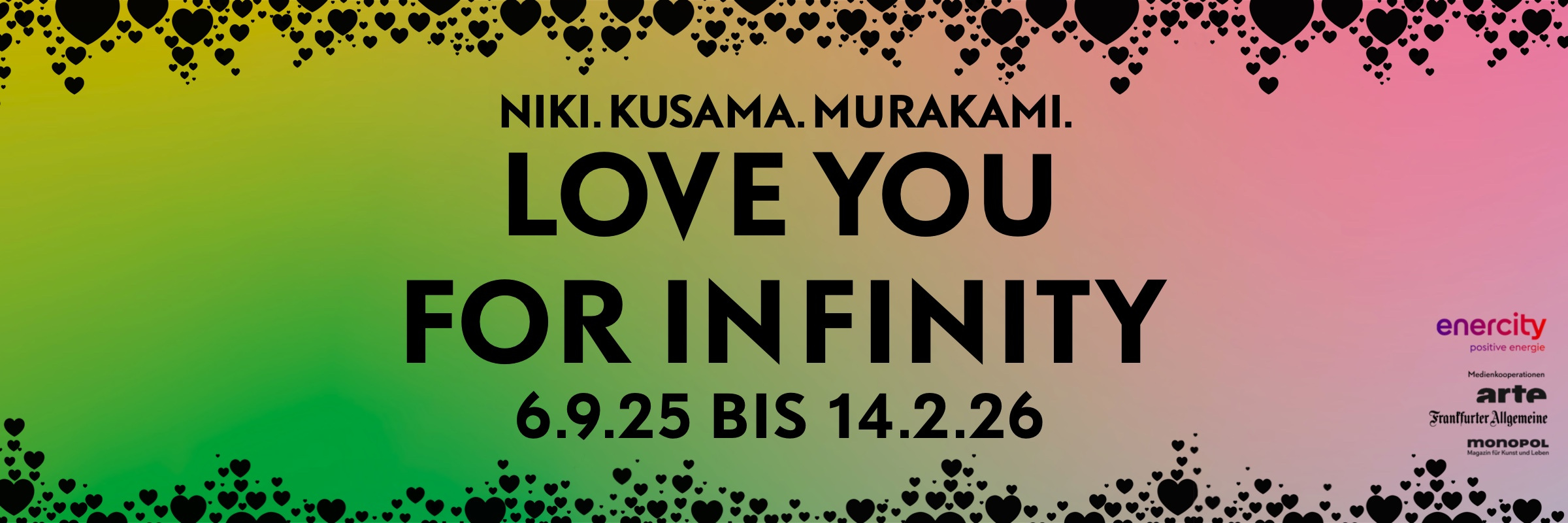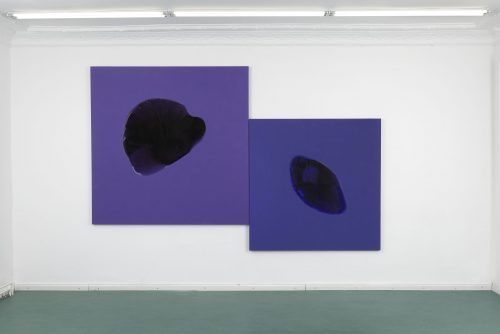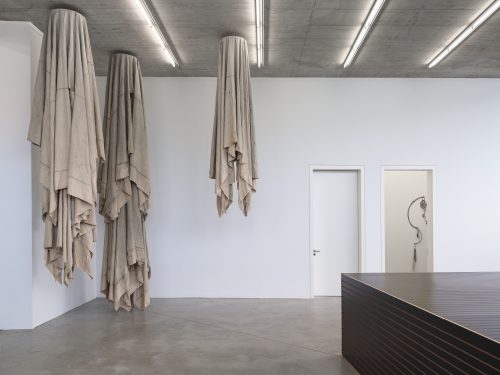
Curtis Lee Fairley
Exhibition 4
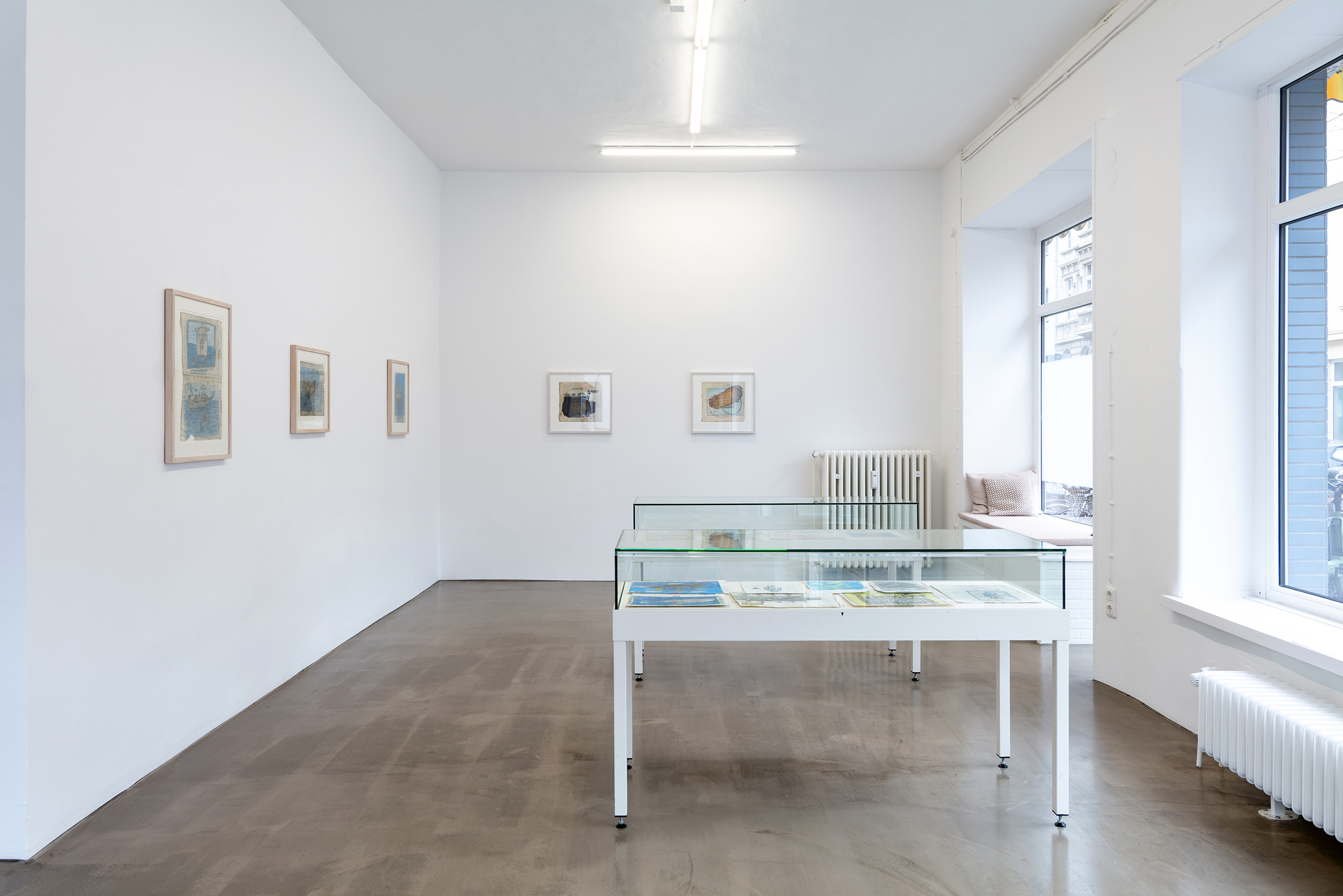
Advertisement
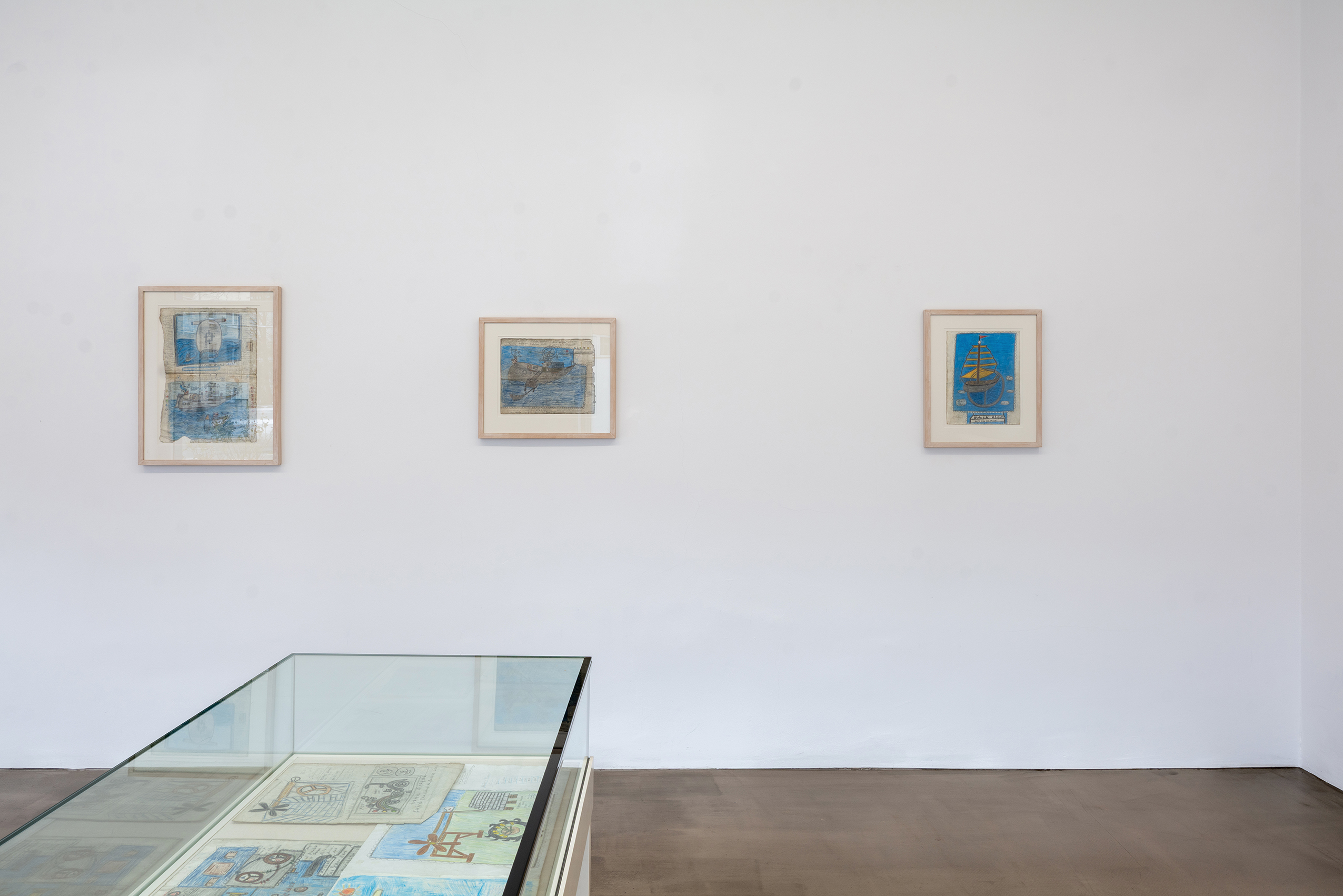
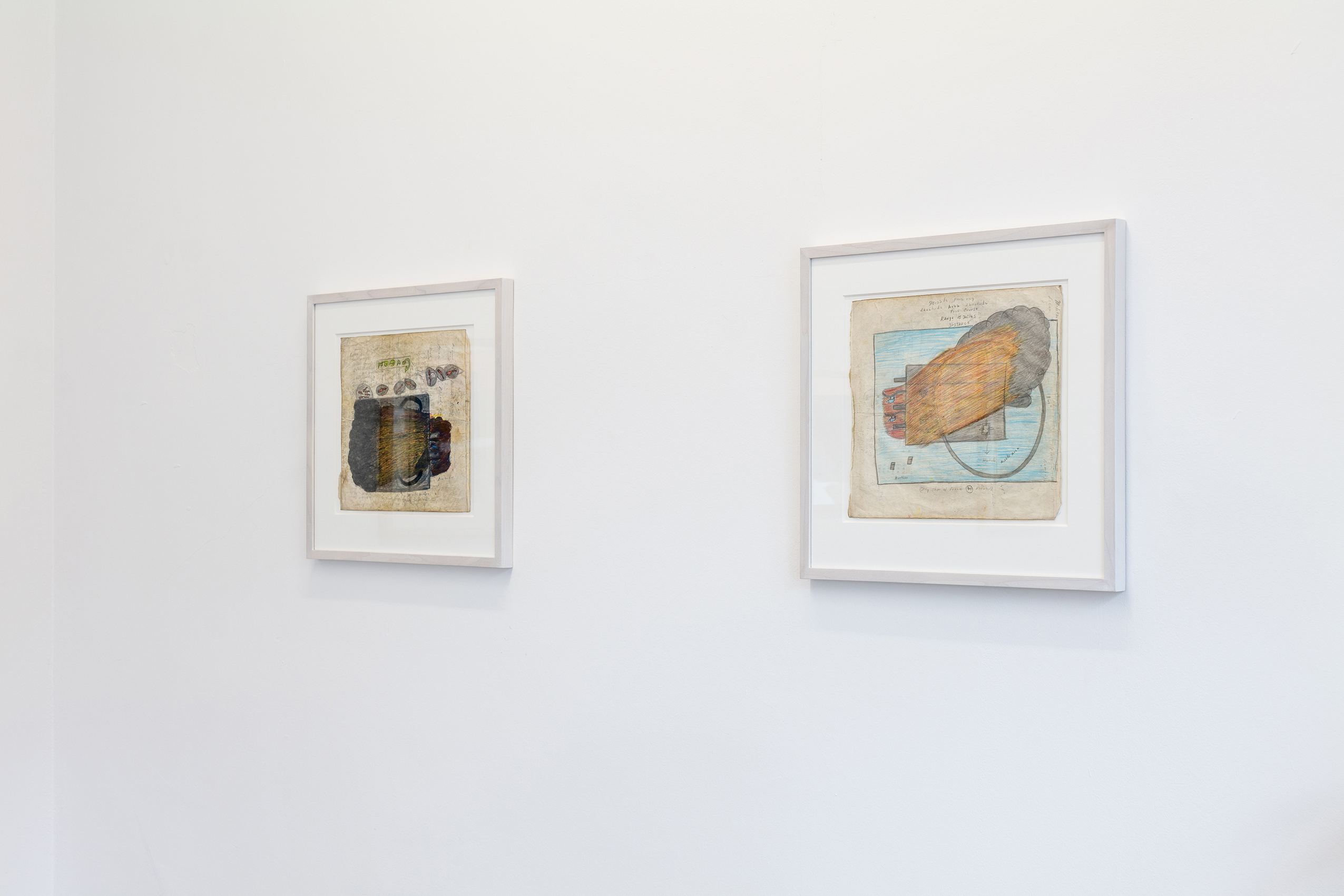
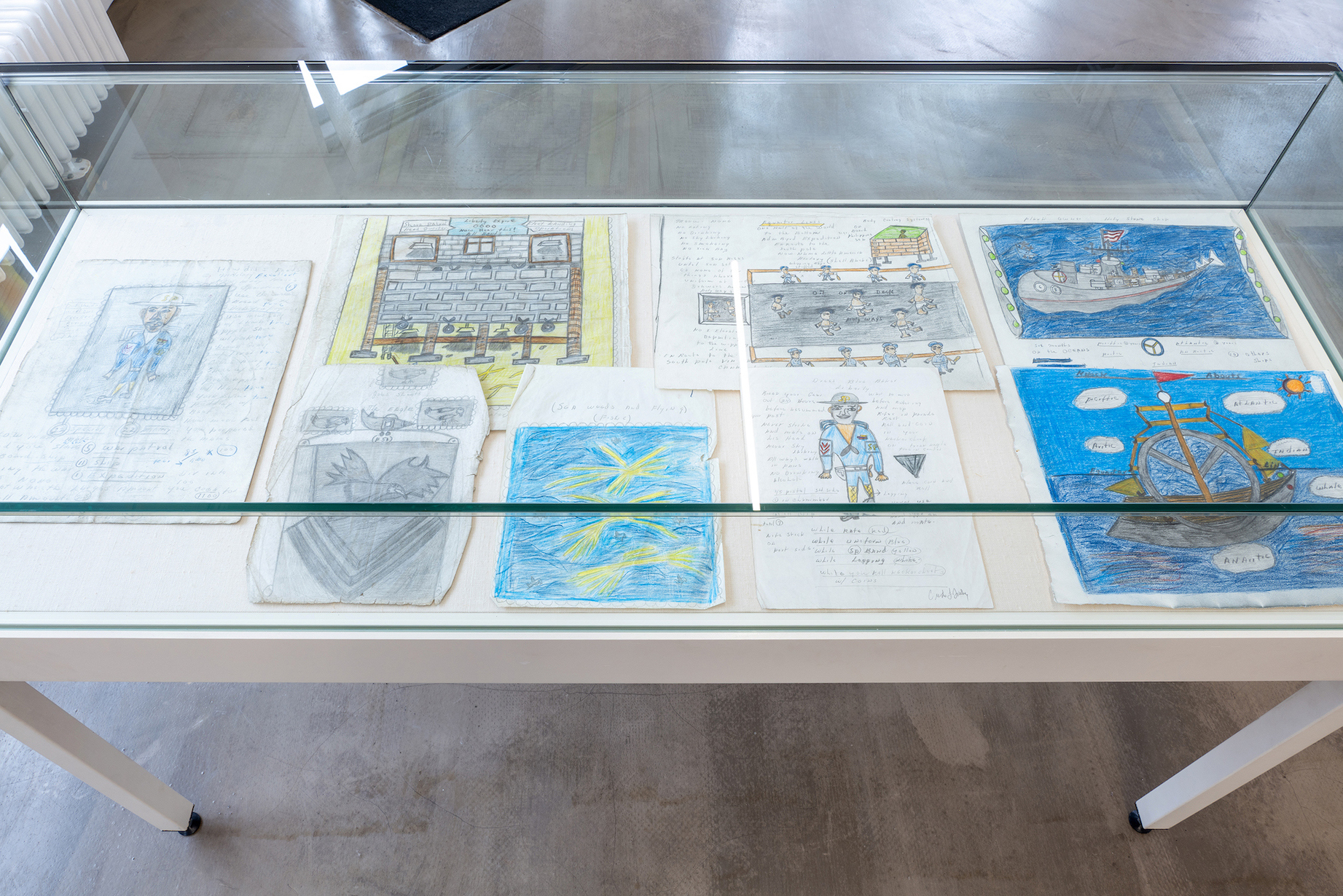
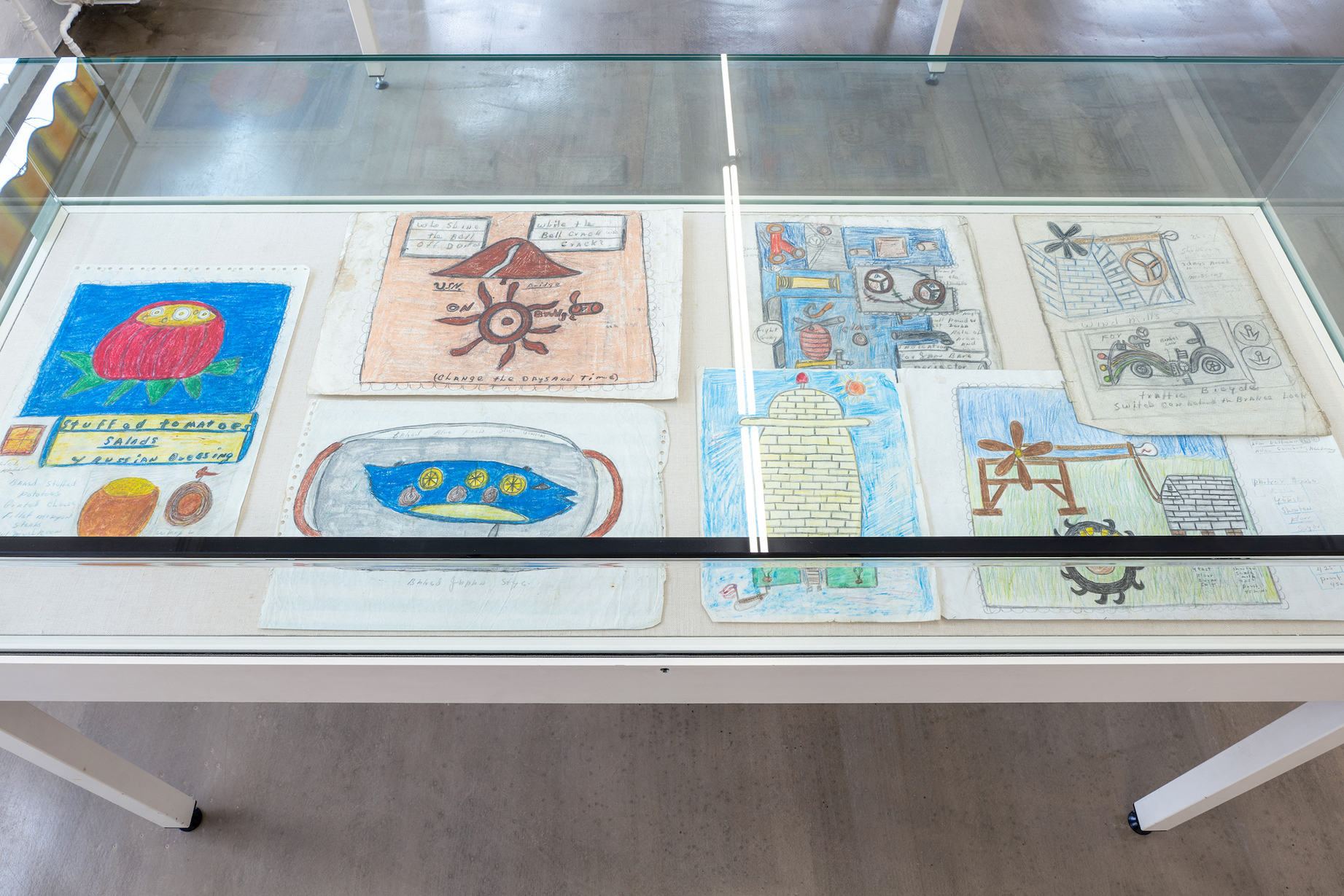
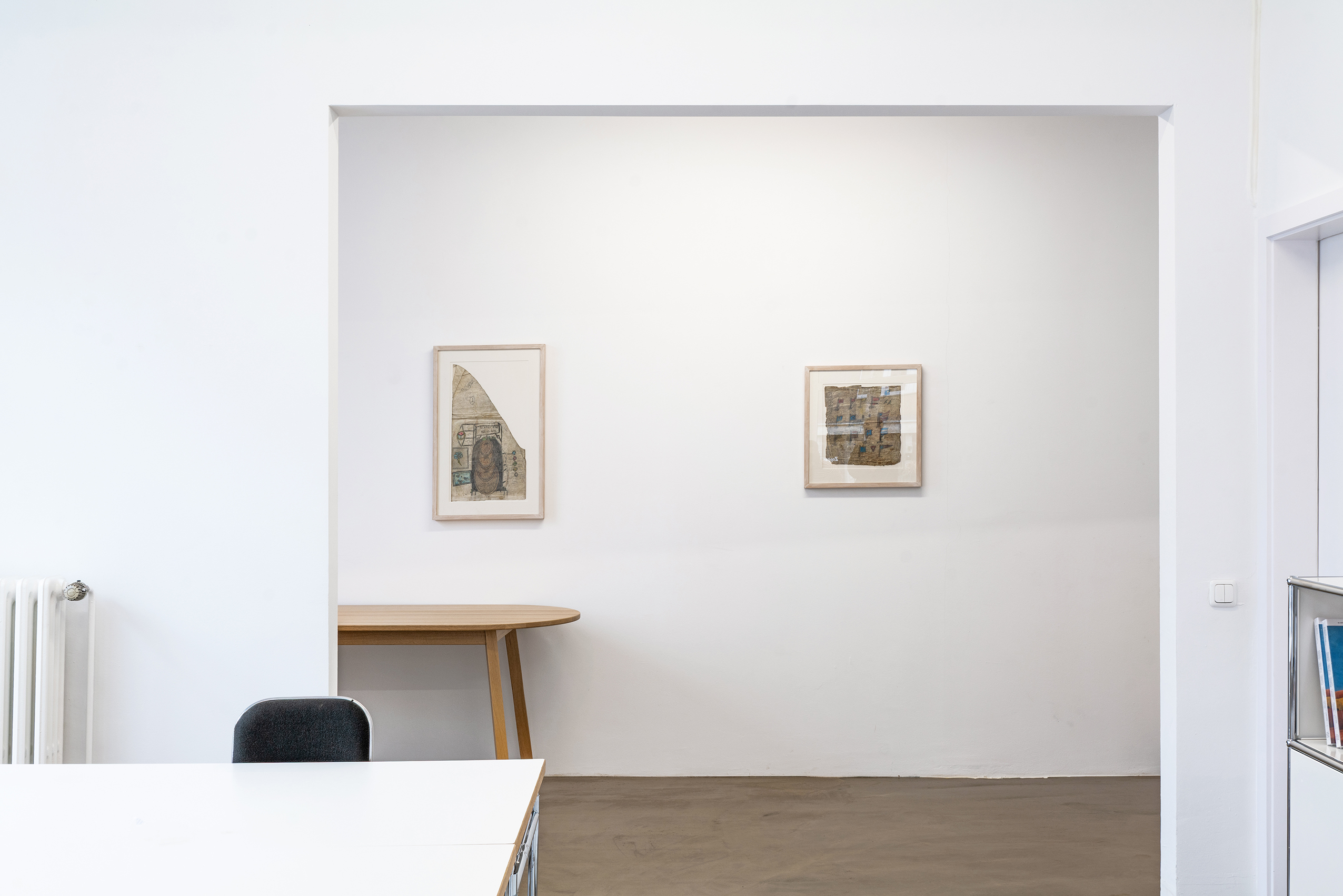
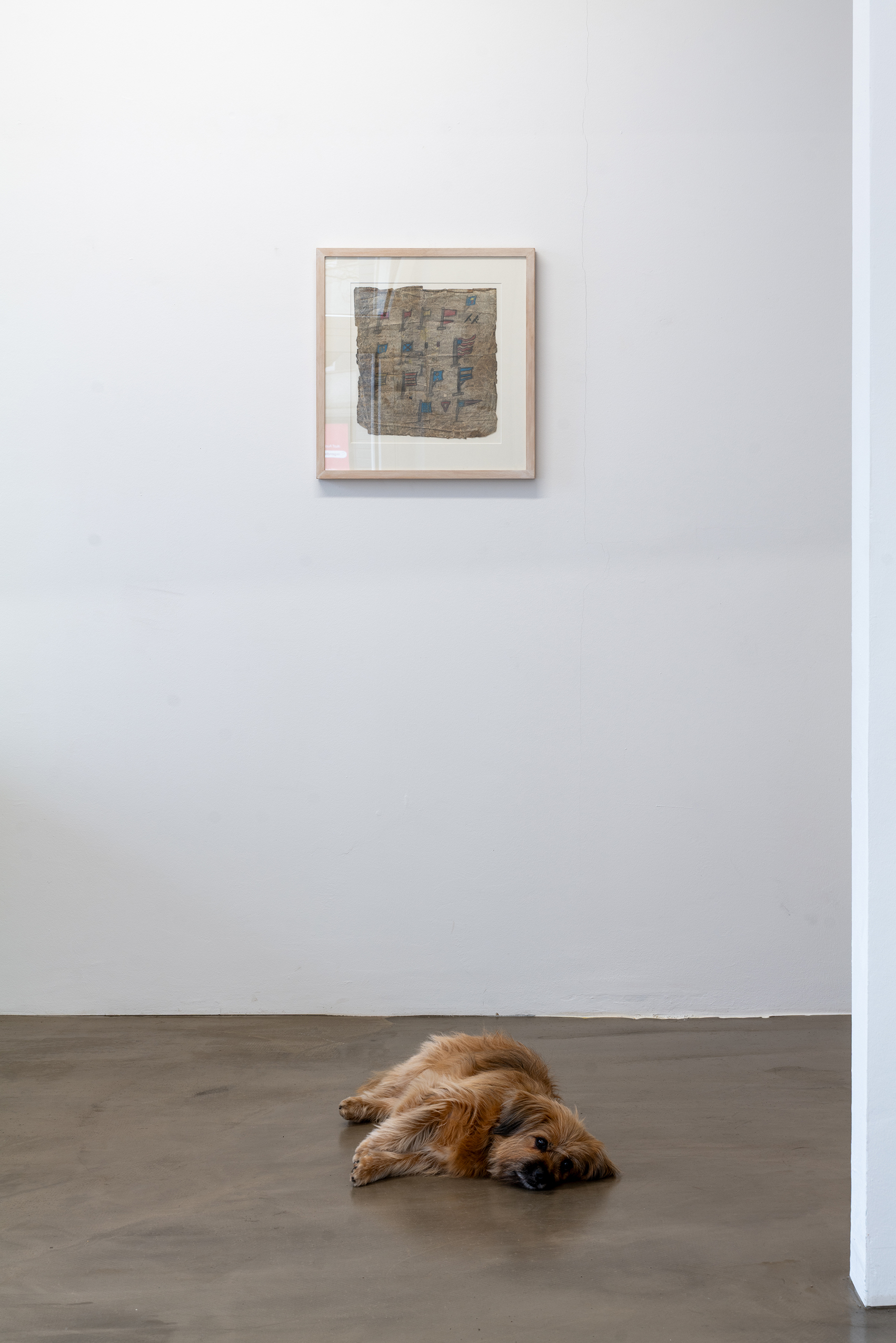
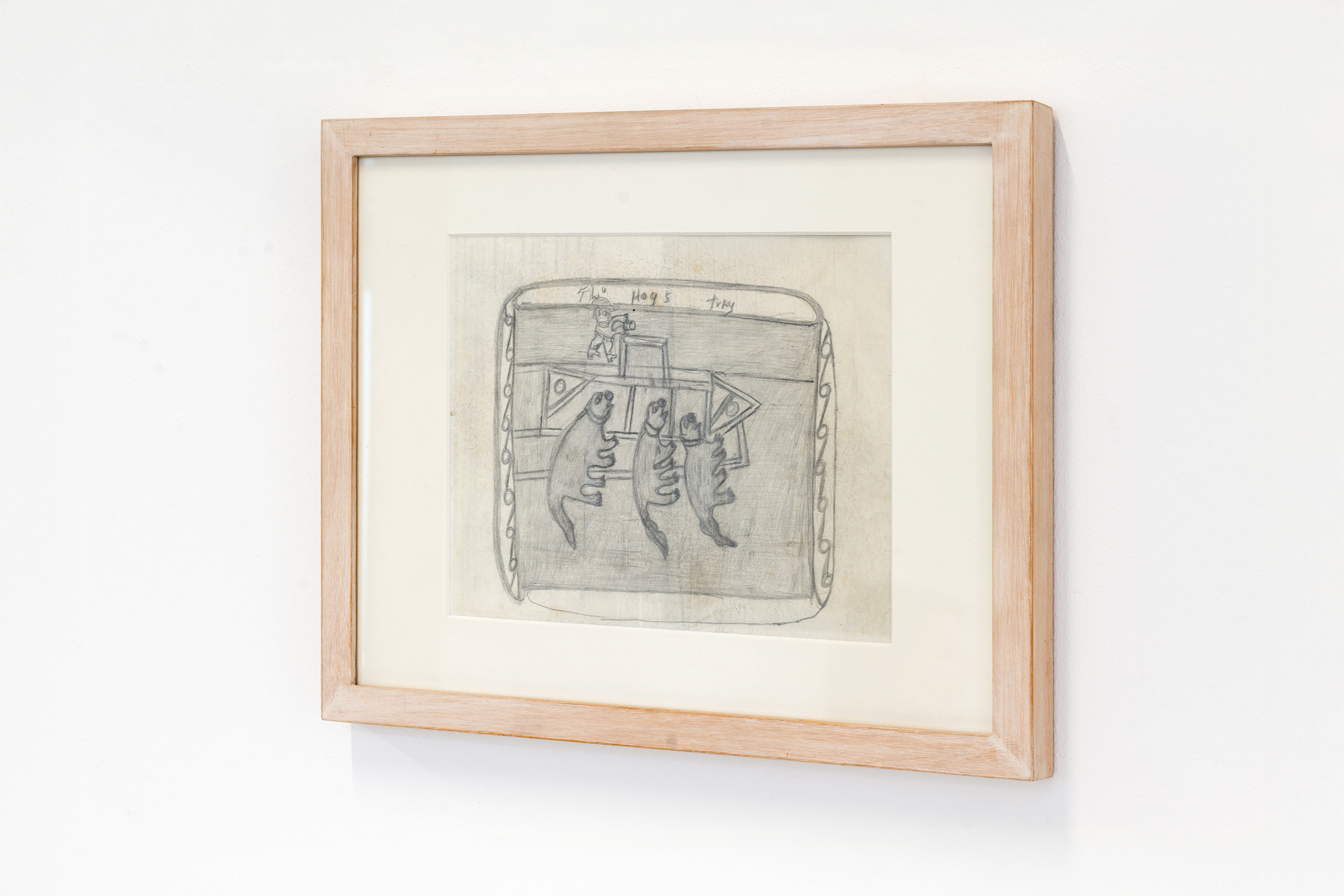
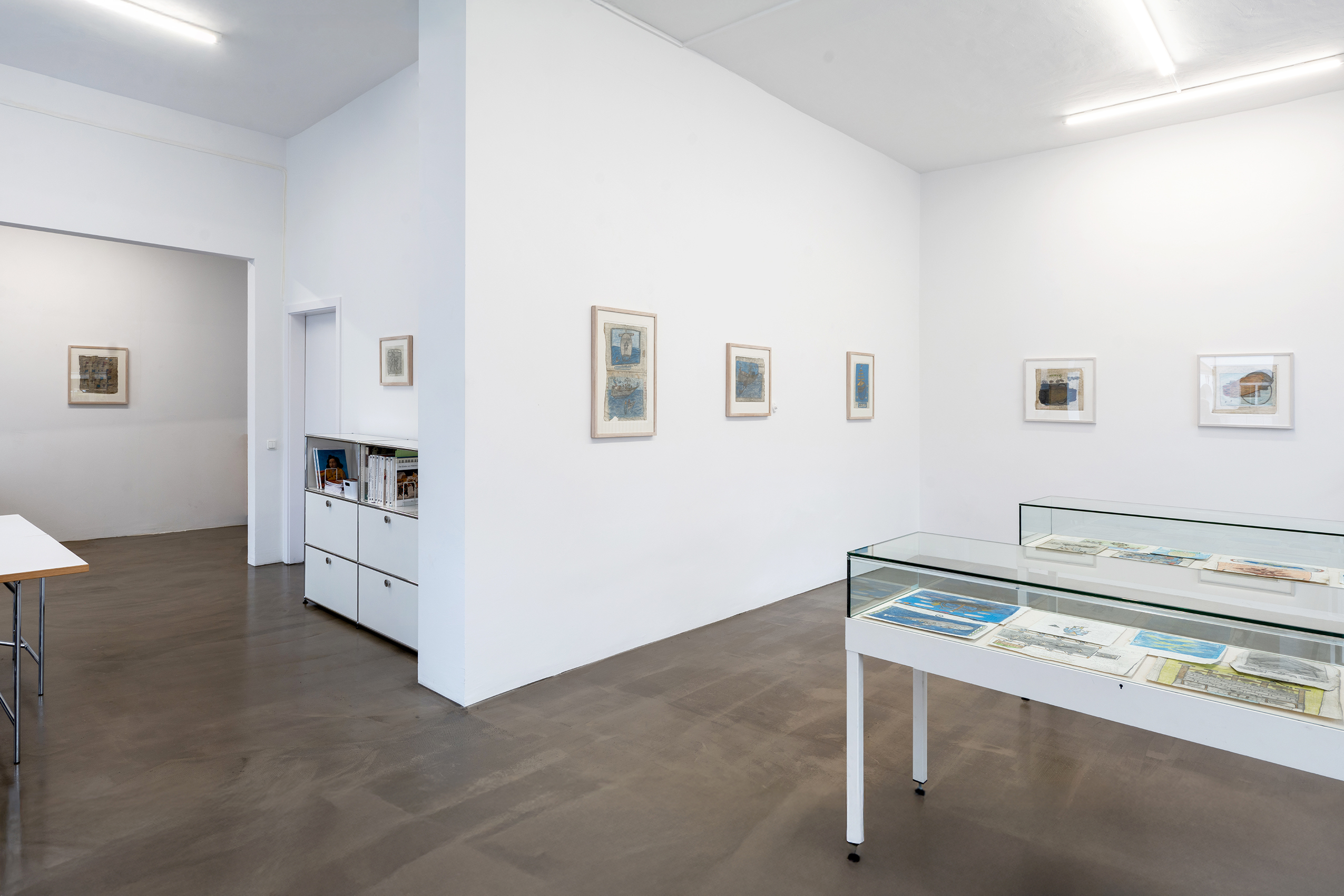
Curtis Lee Fairley is born in 1927, probably in Birmingham, Ala., where he spends his childhood and teenage years. He joins the U.S. Navy in 1945 and until 1966 serves on eleven different warships. His single longest stint on one ship is on the submarine tender USS Gilmore, where he is stationed from 1950 until 1957. African-Americans face very limited prospects of promotion in the Navy during this time. They are typically assigned to tasks catering to the crew and do not actively take part in combat operations. Fairley works as a cook, running galleys and preparing food for sometimes up to 1,100 people. After over twenty years, Fairly resigns from active service in 1966, enlisting as a reservist for another ten years.
In the 1980s, he is living in a boarding house in New York’s East Village. During the day, he is out in the streets and making drawings. He rummages through garbage and dumpsters for drawing paper and uses the hoods and windshields of parked cars for support.
This is no art—these are just my memories.
Fairley’s drawings are autobiographical, recalling his time in the Navy. They show the places he visited, the seas he saw, or the warships on which he served. They are matter-of-factly sketches, often with annotations. In works like Stuffed Tomatoes (ca. 1987) or Baked Blue Fish (ca. 1987), Fairley also depicts the meals that he served the crew. In firm, lucid pencil strokes and brief descriptive labels, the artist shares his experiences with the viewer. These sober-minded images contrast with the drawings that show combat: the launch of a projectile in Missile Firing 1 (ca. 1987) and Missile Firing 2 (ca. 1987) is rendered with such graphical momentum that one can almost hear the booming noise. The hatched lines Fairley uses to convey the scene’s intensity shatter the neatly marked edges of the picture and cover them with a cloud of smoke.
George Lawrence first encounters Fairley in New York City during the years around 1987, when these works are made. Lawrence, who between 1987 and 1989 likewise works in the East Village, repeatedly comes to see Fairley. Their conversations revolve around Fairley’s work as well as their shared roots in Birmingham. Over time, Lawrence acquires several works. Years later, he undertakes a systematic effort to collect information on Fairley. It is thanks to his research and publications that Fairley’s exceptional oeuvre is not scattered to the winds and that we can now consider it in the context of his life. Aged ninety-three, Fairley dies in Washington, D.C., in 2021.
Our exhibition showcases six works from the Zander Collection, complemented by additional drawings from George Lawrence’s personal collection. We would like to thank Mr. Lawrence for his generous support.

